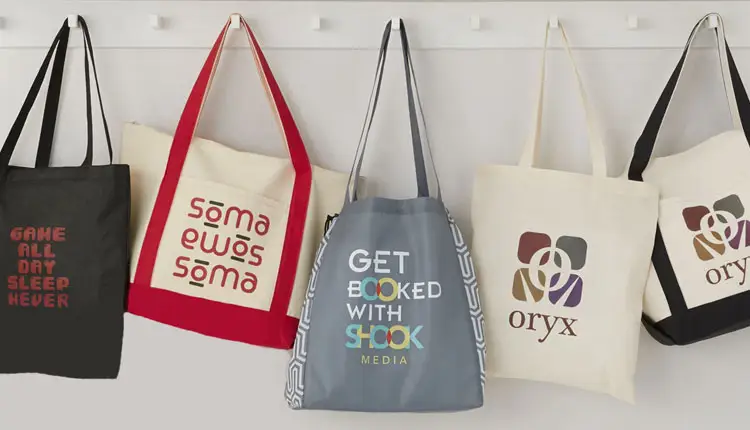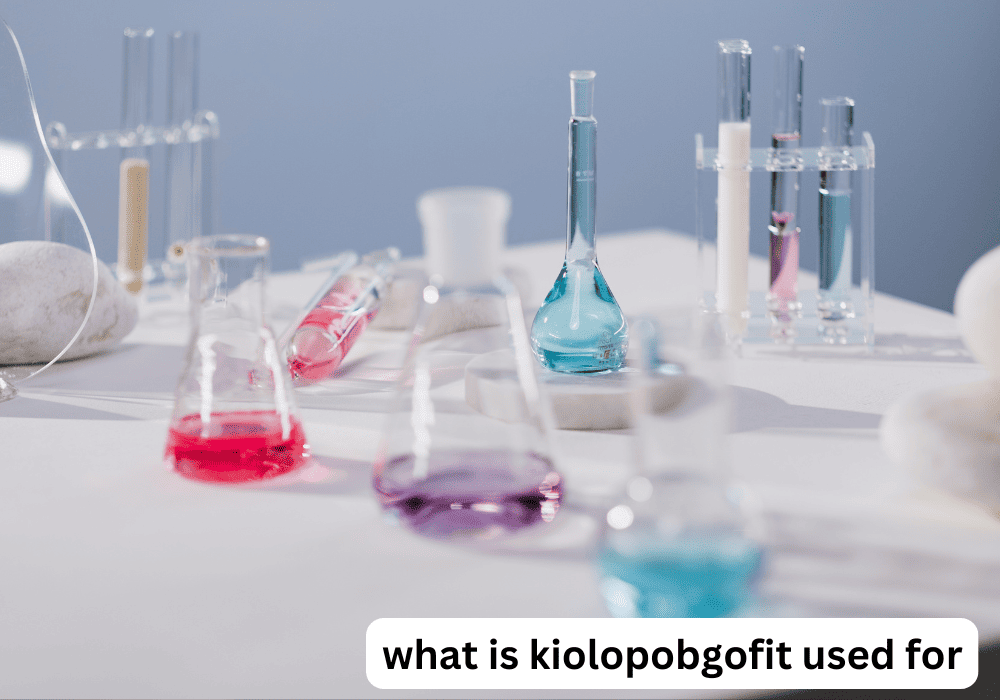In today’s world, where sustainability and personalization are becoming increasingly important, custom tote bags have gained immense popularity. Whether used for shopping, going to the beach, or promoting a brand, these bags are both functional and stylish. But have you ever wondered how a custom tote bag manufacturer operates? This article will explain the process, the materials involved, and the trends shaping the industry.
Understanding Custom Tote Bags
A custom tote bag is a versatile bag that can be tailored to meet specific needs. These bags come in various sizes, shapes, and materials, making them suitable for different purposes. From simple cotton bags to more complex designs with pockets and zippers, the options are endless. Many businesses use custom to custom tote bag manufacturer bags as promotional items, allowing them to display their logos and messages while providing a useful product.
The Manufacturing Process
1. Design
The first step in creating a custom tote bag is the design phase. Customers typically approach a custom tote bag manufacturer with their ideas. This can include sketches, logos, colors, and dimensions. Designers work closely with clients to ensure that the final product reflects their vision. Modern technology allows for digital mockups, giving clients a clear view of what the finished product will look like before production begins.
2. Material Selection
Choosing the right materials is crucial in tote bag manufacturing. Common materials include cotton, canvas, jute, and polyester. Each material has its benefits:
- Cotton: Eco-friendly and breathable, making it ideal for everyday use.
- Canvas: Durable and strong, perfect for heavier items.
- Jute: A biodegradable option that appeals to environmentally conscious consumers.
- Polyester: Lightweight and water-resistant, suitable for various uses.
Manufacturers must also consider the environmental impact of their material choices. Sustainable materials are increasingly popular, aligning with consumer demand for eco-friendly products.
3. Production
Once the design and materials are finalized, the manufacturing process begins. This typically involves several steps:
- Cutting: The chosen material is cut into specific shapes and sizes according to the design.
- Sewing: The cut pieces are sewn together. This step requires skilled workers to ensure quality stitching.
- Printing: If the bag features a logo or design, printing occurs at this stage. Techniques such as screen printing, digital printing, and heat transfer are commonly used.
- Finishing: Finally, the bags are finished with any additional features like pockets, zippers, or straps. Quality checks are conducted to ensure that each bag meets the required standards.
4. Quality Control
Quality control is a critical aspect of the manufacturing process. Manufacturers inspect the bags for defects, ensuring they meet both customer expectations and industry standards. This stage helps prevent issues before the products reach the customers.
5. Packaging and Shipping
After passing quality checks, the custom tote bags are packaged for shipping. Packaging plays a vital role in protecting the bags during transit and often involves eco-friendly materials. According to data from the packing industry, sustainable packaging solutions are becoming a priority for many manufacturers, reflecting broader trends towards environmental responsibility.
The finished products are then shipped to customers, retailers, or distributors, depending on the business model.
Trends in the Custom Tote Bag Industry
Eco-Friendly Materials
As consumers become more environmentally conscious, there is a growing demand for sustainable products. Many custom tote bag manufacturers are responding by using recycled materials and biodegradable options. For example, bags made from recycled plastics or organic cotton are increasingly popular. This shift not only meets consumer demand but also helps companies build a positive brand image.
Personalization
Another trend in the industry is the rise of personalization. Customers want unique products that reflect their identities. Many manufacturers now offer options for custom graphics, colors, and sizes, allowing customers to create truly one-of-a-kind bags. This trend is particularly popular among businesses looking to strengthen brand loyalty through unique promotional items.
Digital Integration
With advances in technology, many manufacturers are integrating digital tools into their processes. This includes using online design tools that allow customers to create and visualize their custom tote bags in real time. The ability to see a digital representation of the final product makes the purchasing process smoother and more engaging.
Increased Demand in E-Commerce
The growth of e-commerce has also impacted the custom tote bag market. As more consumers shop online, there is an increased need for packaging solutions that are both functional and appealing. Custom tote bags are an excellent option for businesses looking to enhance their branding and provide a memorable unboxing experience.
Conclusion
In summary, a custom tote bag manufacturer plays a crucial role in bringing personalized and eco-friendly bags to life. From design and material selection to production and quality control, the process involves several important steps. As trends shift towards sustainability, personalization, and digital integration, manufacturers are adapting to meet consumer demands. The custom tote bag industry is thriving, reflecting broader changes in consumer preferences and industry practices. Whether for personal use or promotional purposes, custom tote bags continue to be a popular choice for people looking for practical, stylish, and sustainable solutions.




